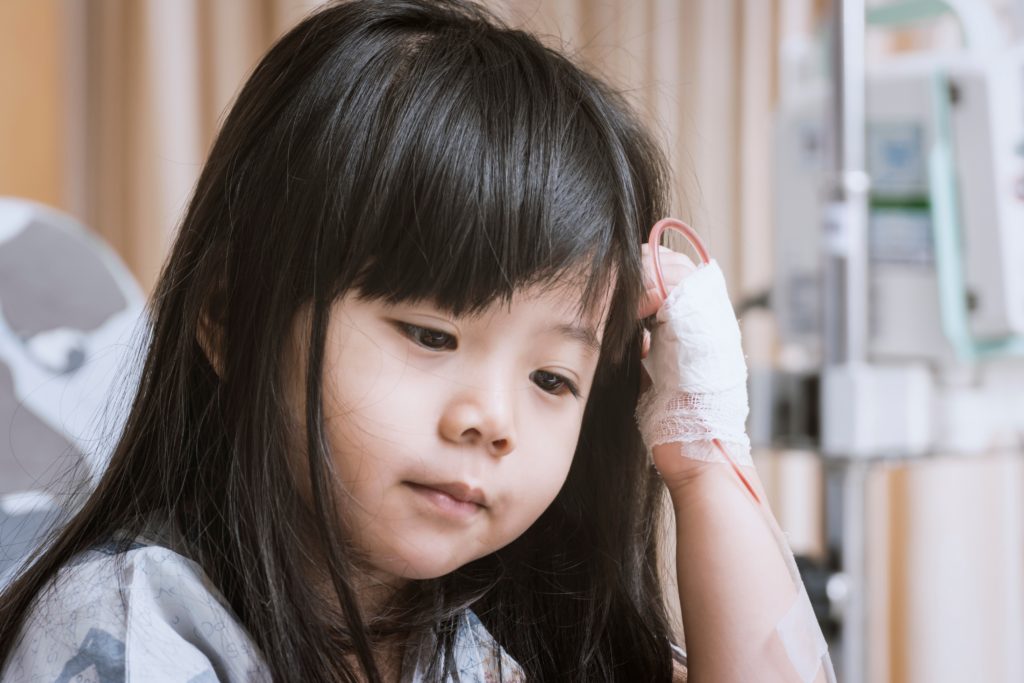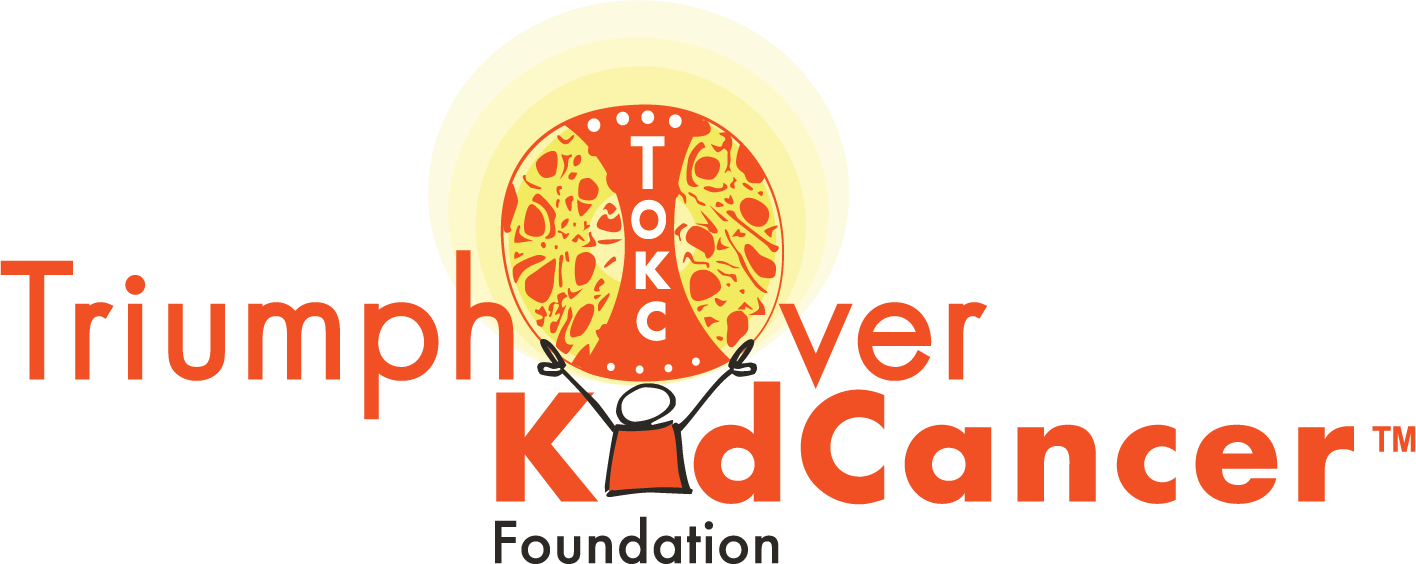5 Realities of Childhood Cancer We Often Overlook
5 Realities of Childhood Cancer We Often Overlook

Cancer is not just a health diagnoses; it’s a life diagnosis, and not only for the child who receives it, but for the whole family. We think of children dying of cancer, and that makes sense: it’s the second leading cause of death in children after accidents. But children live with cancer first — a life of challenges, of physical and emotional pain, and of an immense family upheaval as the stricken child’s life becomes the focus of family life.
Triumph Over Kid Cancer (TOKC), an organization that raises money to investigate new therapies for childhood cancer based here in Corpus Christi, asks us all to consider some realities of childhood cancer when we think about the 10,000 children under the age of 15 who are diagnosed each year.
“We spend so much time celebrating the triumphs we sometimes forget that kids have to fight against cancer day in and day out,” says Gloria Ragan, whose son James founded TOKC and inspired its supporters before his own death in 2014.
- The Daily Physical Pain
Children with cancer face a gauntlet of physical pain involving injections, radiation and chemotherapy — another way of saying burning and poisoning — the pressure of tumors on nerves and the cancer itself. They have to deal with these issues on top of the usual challenges of growing up whether they are young children attempting to learn about the world or teenagers navigating the minefield of puberty and young adulthood.
- The Emotional Pain and Social Ostracism
Children with cancer live with the daily prospect of a flare-up, a setback, another hospitalization and even death. One in five children diagnosed with cancer will die of it. It’s a lot for anyone to cope with, much less a child of any age. As the progress of the cancer ebbs and flows, children with cancer are usually sidelined from some activities that their friends enjoy — particularly sports. They may also miss large chunks of school time that sets them apart from their peers and even when they return, they must attempt to catch up weeks or months of work. Nothing is worse for children, especially in middle and high school, than to be different in a way that everyone can see.
- The Unfortunate Choices
Children with cancer have to choose between things no child should have to do. Should they go to school the day they have chemotherapy? Should they complete their homework when they are vomiting and suffering headaches? Should they go out with their friends even if there won’t be a bathroom nearby? Should they attempt to date? They make the ordinary emotional trauma of adolescence seem trivial.
- The Financial Strain
Families that care for children with cancer incur incredible costs during the diagnostic, treatment and follow-up. Besides the health care costs themselves, which insurance almost never covers entirely, parents often must travel with children to treatment, take time off from work and even give up employment. As many as 30% of children with cancer live over 60 miles from the nearest oncologist. The financial burden exacerbates the physical and emotional issues challenging the family.
- The Emotional Turbulence
Everyone in the childhood cancer community knows of parents who cracked under the emotional pain of a child with cancer, of parents who struggled with alcoholism, psychological issues and divorce from the strain. It even affects siblings because parental attention can become diverted to the sick child.
You can help Triumph Over Kid Cancer win the war against childhood cancers and save the lives of millions of children alive today and those yet to be born. Visit TriumphOverKidCancer.org for more information or to make a donation.
